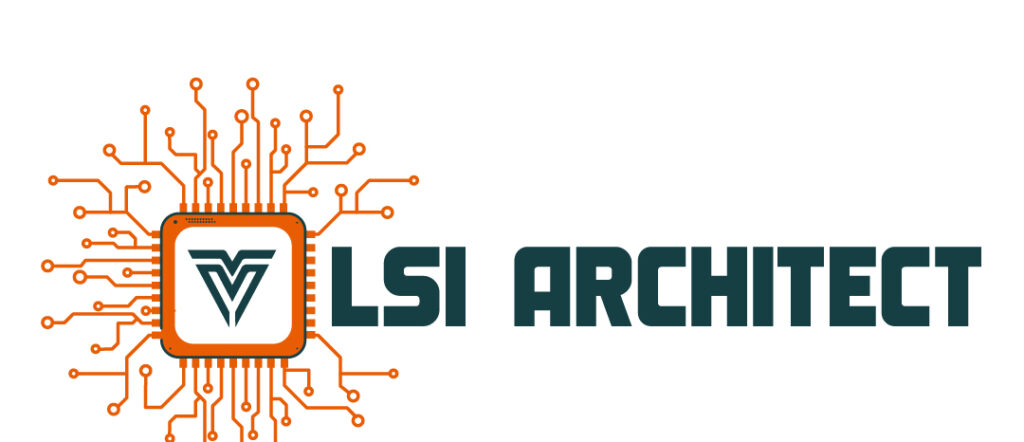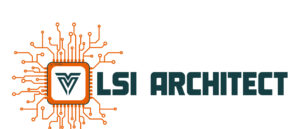Best Tools for Analog IC Design
Analog IC Design Tools — Pro & Open-Source Picks
From schematic capture to post-layout verification, these EDA platforms streamline analog and mixed-signal design. Aligned with VLSI Architect’s theme, this guide helps you choose the right tool for performance, productivity, and budget.
Why These Tools Matter
Analog Integrated Circuit (IC) design powers amplifiers, oscillators, filters, and precision power management. Because parasitics, noise, and matching dominate outcomes, engineers depend on specialized EDA flows to move confidently from schematic to silicon. Below is a concise, industry-aligned overview of the platforms professionals rely on.
Top Analog IC EDA Platforms
1) Cadence Virtuoso
Best for: full-custom, high-volume analog/MS SoCs.
Virtuoso delivers deep integration across schematic capture, layout, simulation, and verification. Teams leverage robust visualization, constraint-driven layout, and foundry-grade PDK support to manage complex chips with precision.
2) Synopsys Custom Compiler
Best for: productivity-driven custom design.
With “Template Assistants” and “Symbolic Editing,” Custom Compiler reduces manual effort, accelerates device/cell edits, and improves accuracy for analog, mixed-signal, and custom-digital blocks.
3) Mentor (Siemens) Tanner EDA
Best for: cost-sensitive teams and education.
An approachable suite that combines capture, simulation, and layout. Its user-friendly UI helps small to mid-sized teams deliver quality designs with lower overhead.
4) LTspice
Best for: fast, free SPICE simulation.
Developed by Analog Devices, LTspice is trusted for speed and accuracy in power/analog simulations. A rich component library and active community make it ideal for both professionals and learners.
5) OrCAD PSpice
Best for: capture-integrated SPICE with broad model coverage.
PSpice pairs tightly with OrCAD Capture and supports comprehensive analog/MS analyses. Extensive vendor models help teams validate designs quickly and reliably.
6) Silvaco AMS Tools
Best for: device/process-aware analog/MS exploration.
Silvaco’s suite offers precise simulation and layout for custom analog with strong focus on device modeling and condition-aware performance prediction.
7) Zeni EDA
Best for: integrated full-custom flows from concept to tape-out.
Zeni provides high-performance schematic, simulation, and layout within a unified platform, enabling seamless movement from design intent to physical implementation.
8) Open-Source Options (KiCad + Sky130)
Best for: budget-friendly learning and prototyping.
While not as feature-rich as commercial systems, KiCad with the Skywater 130 nm PDK continues to improve, offering a viable path for education, research, and smaller projects.
Quick Comparison — When to Choose What
| Scenario | Recommended Tool | Why it fits |
|---|---|---|
| Pro full-custom, advanced PDKs | Cadence Virtuoso / Synopsys Custom Compiler | Foundry-grade PDKs, constraint-driven layout, sign-off-aligned flows |
| Cost-sensitive teams / academia | Tanner EDA | Lower overhead, approachable UI for capture→layout |
| Fast analog/power simulation | LTspice | Free, fast SPICE with strong power electronics focus |
| Capture-integrated SPICE with models | OrCAD PSpice | Tight Capture link, extensive vendor libraries |
| Device/process exploration | Silvaco AMS | Accurate device-level simulation and modeling |
| Open learning & prototyping | KiCad + Sky130 | Free and evolving community ecosystem |
SEO focus: analog IC design tools, analog EDA tools, SPICE simulators, Cadence Virtuoso, Synopsys Custom Compiler, Tanner EDA, LTspice, PSpice, Silvaco, KiCad Sky130.
FAQs
Meta Description:
Discover the top trends in analog IC design for 2025, including AI integration, energy-efficient designs, and sustainability. Stay ahead in the fast-evolving world of analog circuits.
Conclusion
Analog IC design is at the forefront of technological innovation, driving advancements across industries. Trends like AI integration, energy-efficient designs, and sustainability are shaping the future of this field. By staying ahead of these trends, engineers can create groundbreaking solutions that meet the demands of 2025 and beyond.


